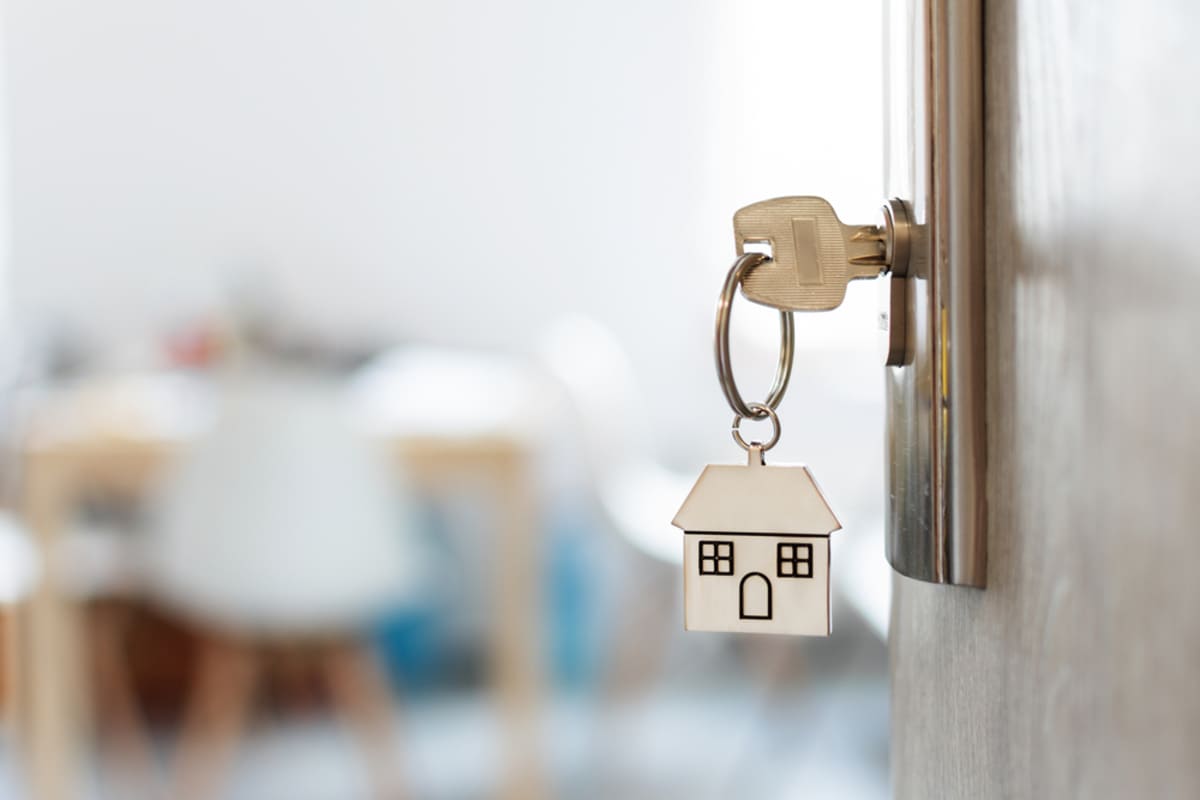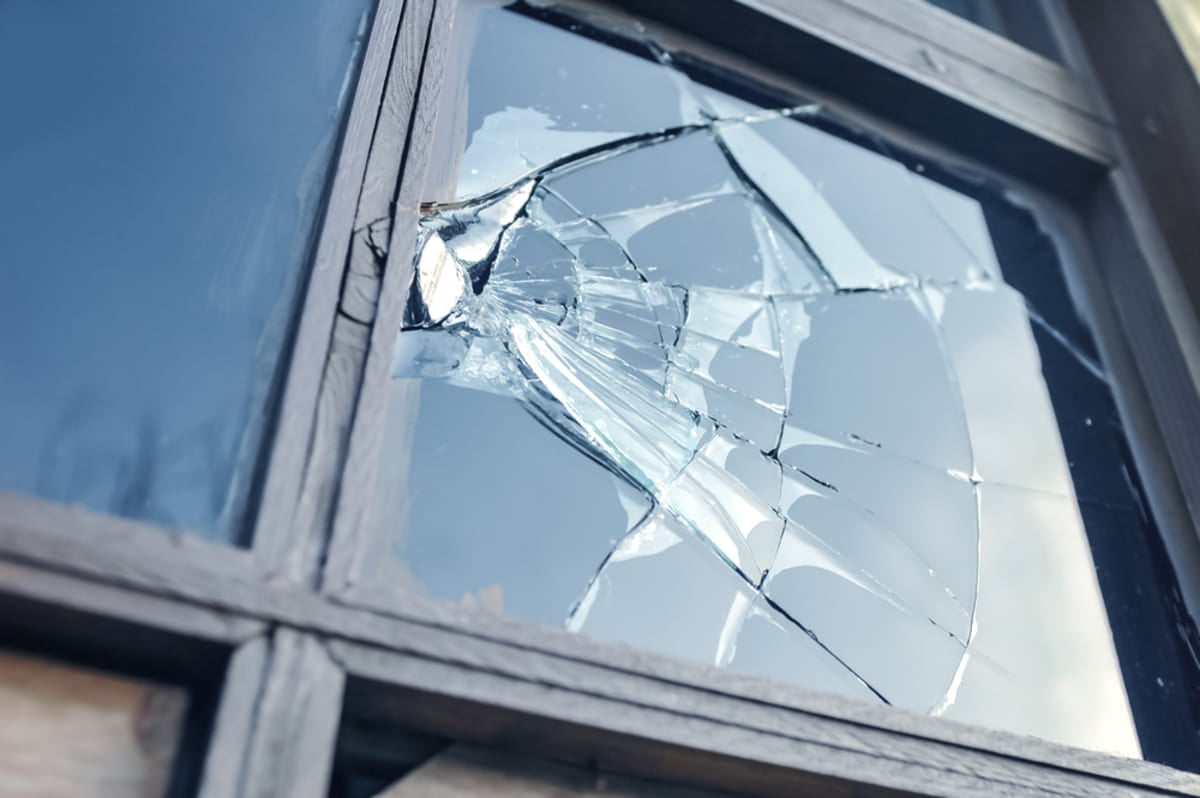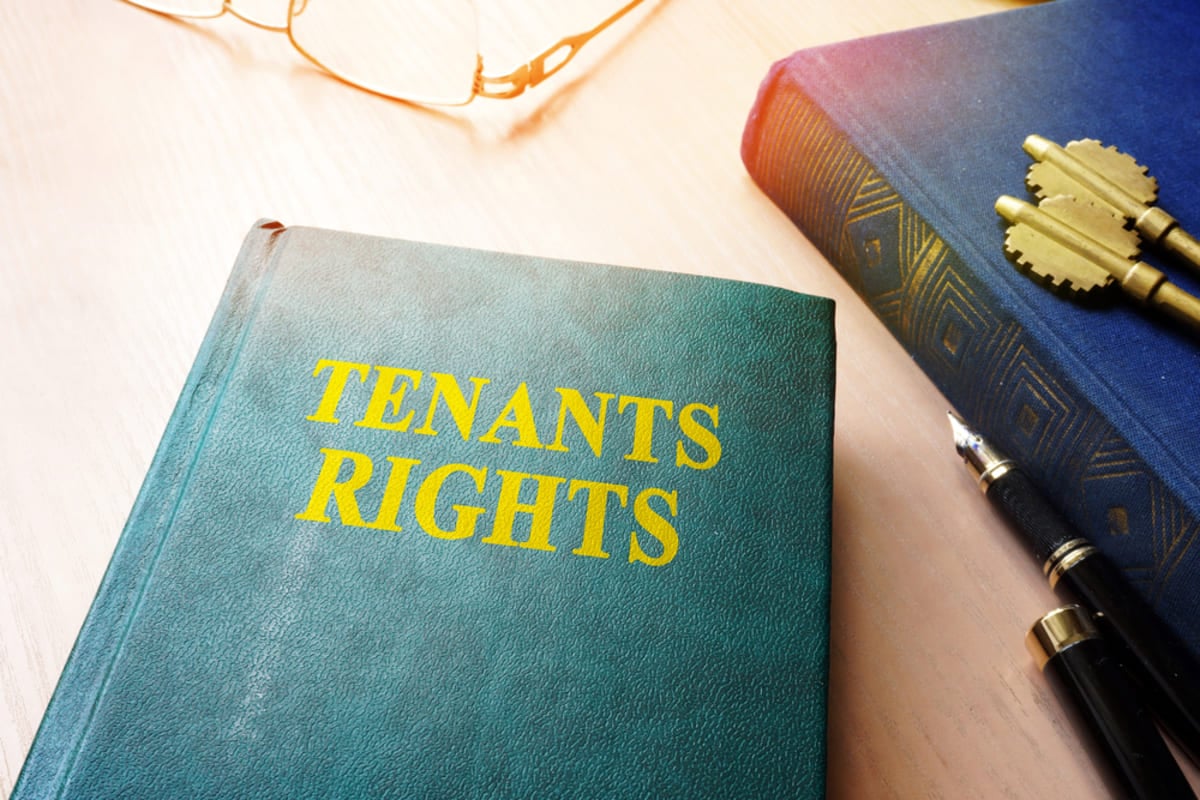Proactive property management is the key to maintaining the value of your property and ensuring the satisfaction of your tenants. Regular inspections play a crucial role in this process by allowing you to catch potential issues before they escalate into costly repairs or disputes.
However, when is the right time to conduct these inspections? This blog from our experts here at ES Property Management, aims to guide property owners on the optimal timeline for rental property inspections, ensuring your investment remains secure and prosperous.
So, keep reading to learn how to protect your tenants and your property with inspections.
 Protecting Your Investment Property
Protecting Your Investment Property
As a responsible landlord, regular inspections of your rental property are essential for protecting your investment. These inspections help you identify potential issues early on, allowing you to address them promptly and maintain the value of your property.
In this section, we will explore the importance of regular inspections, the benefits of timely inspections, and what to look out for during inspections.
Benefits of Timely Inspections
Timely inspections offer several benefits for landlords. By conducting rental property inspections regularly, you can stay ahead of potential issues and minimize the risk of major repairs or maintenance expenses.
Regular inspections also provide an opportunity to build rapport with your tenants. You can foster a positive landlord-tenant relationship by communicating the purpose of the inspections and showing a genuine interest in the well-being of your tenants. This can lead to better tenant retention and reduce the likelihood of conflicts or misunderstandings.
Preparing for Inspections
To ensure proper maintenance and protection of your property, it's essential to adequately prepare for inspections.
By establishing an inspection schedule, communicating with tenants, and providing adequate notice, you can streamline the inspection process and maintain a positive landlord-tenant relationship.
Establishing an Inspection Schedule
Establishing a regular inspection schedule is crucial for staying on top of property maintenance and identifying potential issues early on.
However, we recommend conducting inspections at least once every six months.
By adhering to a consistent schedule, you can address any maintenance or repair needs promptly, ensuring the long-term integrity of your investment. Regular inspections also provide an opportunity to assess tenant compliance with the lease agreement, ensuring that your property is being properly cared for.
Provide Adequate Notice
Providing adequate notice to your tenants before conducting an inspection is not only a courteous gesture but also a legal requirement in many jurisdictions. State laws and lease agreements typically outline the minimum notice period required, which is usually 24 to 48 hours.
By providing sufficient notice, you give your tenants ample time to prepare for the inspection and ensure their availability. This helps to avoid any potential conflicts or misunderstandings and demonstrates your respect for their privacy.
Document all communication related to inspections, including the notice provided and any responses from tenants. This documentation serves as a record of compliance with legal requirements and can be invaluable in case of any disputes or issues that may arise.
Key Areas to Inspect and What to Look For
What should property owners look for during an inspection? Here are the key areas to focus on and what to look for.
Exterior Inspection
During an exterior inspection, it's important to examine the overall condition of the property's exterior components. This includes inspecting the roof, gutters, siding, windows, doors, and landscaping.
Look for signs of damage, wear and tear, or any potential safety hazards. Check if there are any cracks, leaks, or missing shingles on the roof. Assess the condition of the paint, windows, and doors for any signs of deterioration.
Additionally, ensure that the landscaping is well-maintained and doesn't pose any risks to the property or its occupants.
Interior Inspection
An interior inspection of your property allows you to assess the condition of the property's interior spaces. Start by inspecting the walls, floors, and ceilings for any signs of damage, such as cracks, water stains, or mold growth. Check the functionality of doors, windows, and locks. Test electrical outlets, switches, and lighting fixtures to ensure they are in proper working order.
Examine the plumbing system for leaks, water pressure issues, or signs of water damage.
Lastly, inspect the HVAC system, including filters, vents, and thermostats, to ensure they are clean and functioning efficiently.
Maintenance and Repairs
In addition to inspecting specific areas, it's crucial to evaluate the overall maintenance and repair needs of the rental property.
Keep an eye out for any signs of wear and tear, such as peeling paint, loose handrails, or cracked tiles.
Check for plumbing leaks, malfunctioning appliances, or HVAC system inefficiencies. It's important to promptly address any maintenance or repair issues to ensure the safety and comfort of your tenants.
 How to Conduct a Property Inspection
How to Conduct a Property Inspection
Once you have established an inspection schedule and communicated with your tenants, it's time to inspect your property. This section will walk you through the three important steps of the inspection process.
1. Use an Inspection Checklist
Before conducting the rental property inspection, it's essential to have a comprehensive checklist to guide you through the process. An inspection checklist ensures that you cover all the key areas and aspects of your property. It helps you stay organized and ensures that no important details are overlooked.
Your inspection checklist should include items such as:
-
Exterior: Check for any signs of damage, such as cracks, leaks, or peeling paint. Inspect the roof, gutters, windows, doors, and landscaping.
-
Interior: Evaluate the condition of each room, including walls, floors, ceilings, and fixtures. Look for any signs of water damage, mold, or pest infestation.
-
Maintenance and Repairs: Assess the functionality of appliances, plumbing, electrical systems, and HVAC. Check for any necessary repairs or maintenance tasks.
-
Safety Features: Verify the proper functioning of smoke and carbon monoxide detectors, fire extinguishers, and security systems. Check the condition of stairways, railings, and other potential safety hazards.
This property inspection checklist will serve as your road map during the inspection process, ensuring you address every critical element of your property. Remember to reference each completed checklist during the next inspection to keep an eye on various elements of the property.
2. Document Findings
During the property inspection, it's important to document your findings accurately and thoroughly. Take detailed notes, photographs, and videos to provide evidence of the property's condition. This documentation serves as a record of the inspection and can be used for reference in the future.
Include the following information when documenting your findings:
-
Description: Provide a detailed description of any issues, damages, or maintenance requirements you observe.
-
Location: Indicate the location of each finding within the property. This will help you and your tenants identify the areas that need attention.
-
Severity: Assess the severity of each issue or damage. Categorize them as minor, moderate, or major to prioritize the necessary actions.
Accurate documentation of your rental property inspection findings not only helps you keep track of the property's condition but also serves as a reference point when discussing repairs or disputes with your tenants.
3. Address Issues
After completing the inspection and documenting your findings, it's time to address any issues or concerns that have been identified. Depending on the severity of the issues, you may need to take immediate action or schedule repairs and maintenance tasks accordingly.
It's important to communicate with your tenants about any necessary repairs or maintenance work. Provide them with an understanding of the timeline for addressing the issues and how it may impact their use of the property. Promptly addressing issues helps maintain a positive landlord-tenant relationship and ensures the safety and comfort of your tenants.
Keep a record of the actions taken to address each issue. This can include work orders, receipts, or any other relevant documentation. Updating your rental property records with the necessary information helps you stay organized and track the maintenance history of your property.
Follow-Up Actions
Once the inspection of your property is complete, several important follow-up actions should be taken to maintain and protect your investment.
Maintenance and Repairs
Following an inspection, it's essential to address any maintenance issues or repairs that were identified. Promptly attending to these matters helps to keep your property in good condition and prevents further damage or deterioration.
Whether it's fixing a leaky faucet, repairing a broken window, or addressing any structural concerns, timely maintenance and repairs are key to preserving the value of your rental property investment.
Regular maintenance helps to minimize tenant complaints and ensures that the property remains in compliance with local building codes and regulations.
Addressing Tenant Concerns
During the inspection, tenants may have raised concerns or reported issues that require attention. It is crucial to address these concerns promptly and effectively. Open communication with your tenants fosters a positive landlord-tenant relationship and helps to maintain tenant satisfaction.
When addressing tenant concerns, listen attentively and take their feedback seriously. Assess the validity of their concerns and take appropriate action to resolve any problems.
By promptly addressing tenant concerns, you demonstrate your commitment to providing a comfortable and enjoyable living experience for your tenants.
Updating Property Records
After conducting an inspection, it's important to update your rental property records accordingly. This includes documenting any repairs made, maintenance performed, and any changes or updates to the property.
Accurate and up-to-date records help you track the condition of your property over time, assist with financial planning, and provide essential information for future inspections and evaluations.
Maintaining detailed property records also serves as a valuable resource for legal and insurance purposes. In the event of a dispute or insurance claim, comprehensive and well-organized records can help protect your interests as a landlord.
Let the Best Property Management Indianapolis Offers Handle Property Inspections
The importance of conducting regular inspections of your rental property cannot be overstated. It's a crucial part of maintaining the value of your investment and fostering a positive relationship with your tenants.
By following a consistent inspection schedule, communicating effectively with tenants, providing ample notice, and promptly addressing any issues found, you're ensuring the safety, integrity, and longevity of your property.
At ES Property Management, we understand the challenges landlords face in managing their rental properties, and that's why we offer comprehensive property management services tailored to your specific needs
Our experienced team conducts regular, thorough property inspections using a meticulous checklist to ensure no detail goes unnoticed. When maintenance or repair issues arise, we don't just identify them — we coordinate the necessary services to address them promptly. Whether it's a minor repair or a significant maintenance task, we have a network of trusted professional service providers who can resolve any issues efficiently and cost-effectively.
With ES Property Management, you're not just safeguarding your current rental property investment - you're laying a stable foundation for future ones. We're here to provide you with peace of mind, knowing that your property is in good hands.
Download the Protecting Your Investment Property Guide to learn how to protect your investment property!














